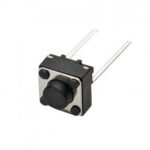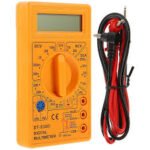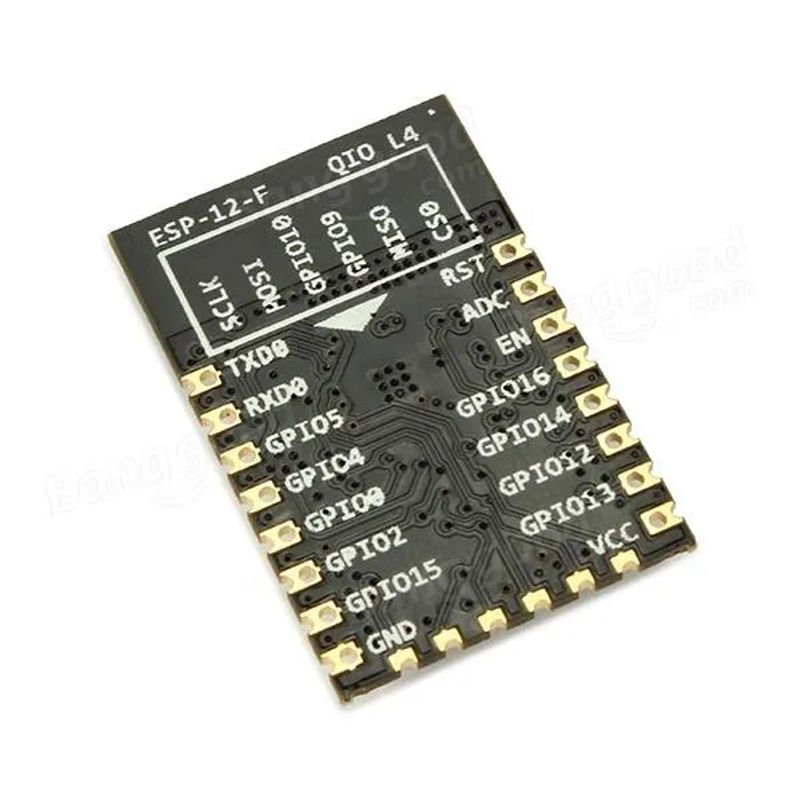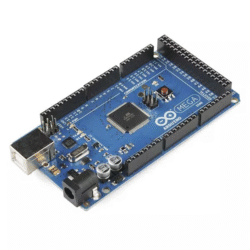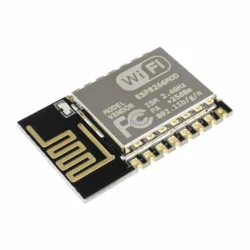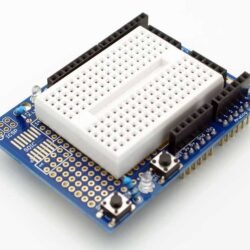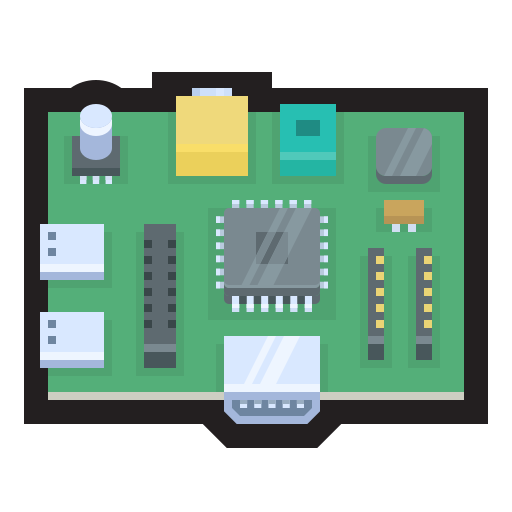wifi ESP8266-12-F Serial TTL Module
The WiFi ESP8266-12-F Module is a compact, high-performance wireless solution based on the ESP8266 chip, designed for embedded applications requiring reliable WiFi connectivity. Developed by Ai-thinker Team, this module integrates a low-power 32-bit MCU, a complete TCP/IP protocol stack, and advanced RF components, making it ideal for space- and power-constrained designs. With support for 802.11 b/g/n protocols, the ESP-12F offers seamless wireless communication, while its small form factor (16mm x 24mm x 3mm) and ultra-low power consumption (deep sleep mode <10uA) make it perfect for battery-operated devices. It delivers excellent RF performance, including +20dBm output power in 802.11b mode and sensitivity up to -98dBm, ensuring robust connectivity even in challenging environments.
The ESP8266-12-F can operate as a standalone application or offload WiFi networking functions from another processor, providing flexibility for a wide range of projects. It also supports over-the-air (OTA) firmware upgrades and features a Smart Link Function for easy setup with Android and iOS devices. Whether you’re building IoT devices, smart home systems, or wireless sensors, the ESP-12F offers the performance, versatility, and ease of use you need.
Features :
- Supports 802.11 b/g/n WiFi standards
- Integrated low-power 32-bit MCU for standalone operation
- 10-bit ADC for analog input
- Complete TCP/IP protocol stack
- Integrated RF components: TR switch, balun, LNA, power amplifier, and matching network
- Supports antenna diversity for improved signal reliability
- Multiple interfaces: SDIO, SPI, UART, I2C, I2S, IRDA, PWM, GPIO
- Smart Link Function for easy setup with Android and iOS devices
- OTA firmware upgrade support for convenient updates
- Low power consumption: deep sleep mode <10uA, standby power <1.0mW (DTIM3)
- 4MB SPI flash memory for program storage
- Wide operating temperature range: -40°C to 125°C
- Certifications: FCC, CE, ROSH
Specifications :
| Parameter | Value |
|---|---|
| WiFi Protocols | 802.11 b/g/n |
| Frequency Range | 2.4GHz – 2.5GHz |
| Operating Voltage | 3.0V – 3.6V |
| Operating Current | Average 80mA |
| Operating Temperature | -40°C to 125°C |
| Package Size | 16mm x 24mm x 3mm |
| Flash Memory | 4MB |
| Certifications | FCC, CE, ROSH |
| Output Power (802.11b) | +20dBm |
| Sensitivity (DSSS, 1Mbps) | -98dBm |
| Interfaces | SDIO, SPI, UART, I2C, I2S, IRDA, PWM, GPIO |
| Security | WPA/WPA2, WEP/TKIP/AES |
| Firmware Upgrade | UART Download / OTA |
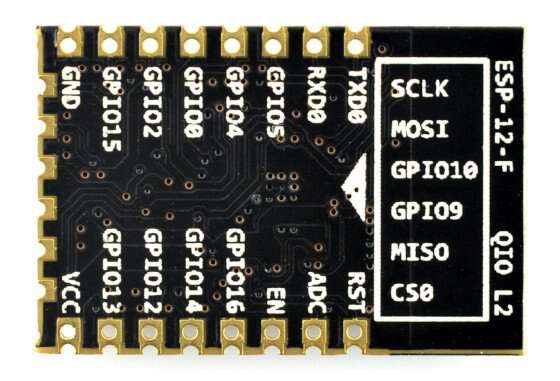
| PIN | DESCRIPTION |
|---|---|
| TxD | The transmitter of the serial interface UART. |
| RxD | The receiver of the serial interface UART. |
| GPIO x | Lead GPIO (digital output/ input) with a serial number. |
| GPIO 0 | GPIO with special function: To update, you need to indicate the low status (connect to GND). |
| GPIO 15 | GPIO No. 15 with a special function: In normal and programming mode should indicate the low status (conect to GND). |
| ADC | Input of analog-to-digital converter. |
| REST | The system reset. |
| EN (CH_PD) | Power down – indication of low state causes a transition to sleep mode.To update, you need to indicate a high status (3.3 V). |
| VCC | The Power – 3.3 V. |
Applications :
- Internet of Things (IoT) Devices: Enable wireless connectivity in IoT projects.
- Smart Home Automation: Control lights, appliances, and sensors remotely.
- Wireless Sensor Networks: Collect and transmit data from environmental sensors.
- Wearable Electronics: Add WiFi to compact, battery-powered wearables.
- Embedded Systems: Integrate WiFi into microcontroller-based designs.
- Remote Control and Monitoring: Build systems for real-time data access.
Useful links :
- Example of connection of ESP-12
- Sample Arduino program
- Comparison of ESP modules
- The ESP8266 community forum




